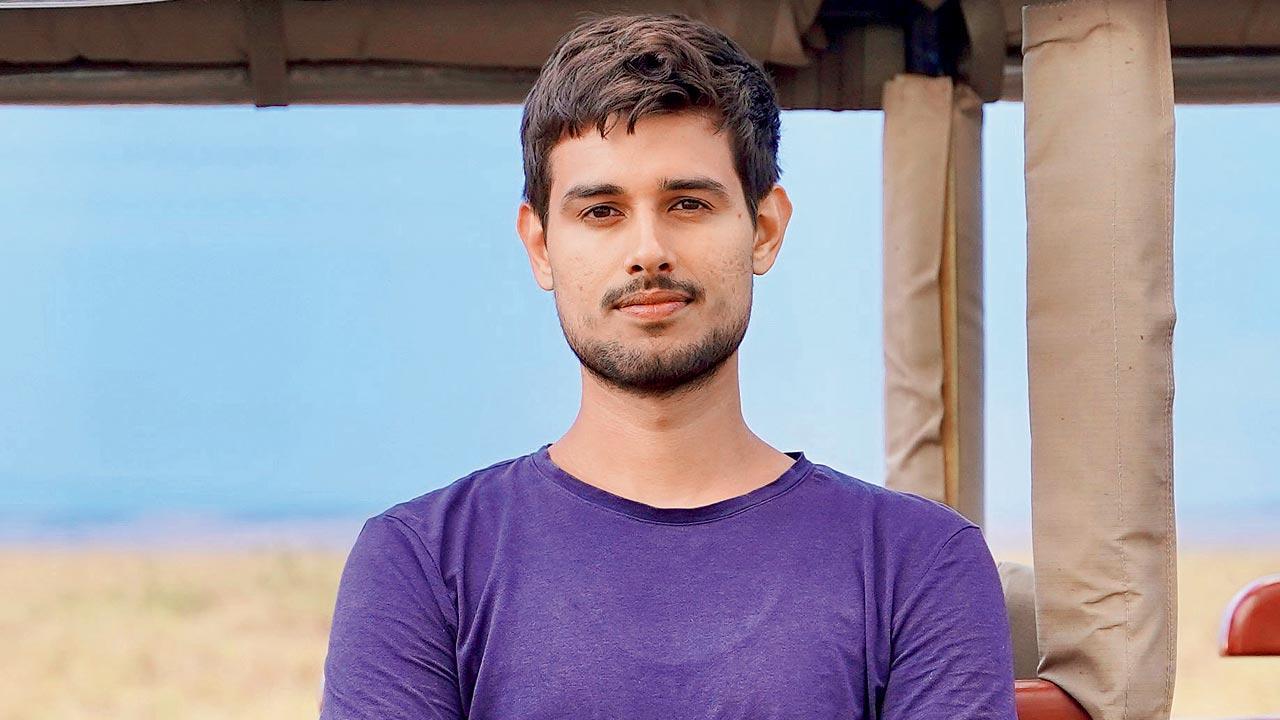TIME Magazine has named him a 2023 Next Generation Leader. To Dhruv Rathee, it is a reminder to stay committed—to spreading inclusivity and tolerance

Dhruv Rathee
I keep travelling, so for now—yes—I’m somewhere,” says Dhruv Rathee. While we speak to him, he is “somewhere” in Europe where it’s 9.30 am. Fortunately, he can work from anywhere. Rathee has been making YouTube videos since 2014—explainer-like pieces—on burning issues, with the sole intent of educating his audience. Last week, he was featured in TIME Magazine’s 2023 list of Next Generation Leaders; his 13.2 million subscribers tell us that he is a figure the public is definitely looking up to. “It’s such an honour. The magazine is so well respected, so it means a lot,” says the 29-year-old.
Originally from Rohtak, Haryana, he studied mechanical engineering in Germany, before becoming a full-time YouTuber. His latest video, which explains the Israel-Palestine issue in Hindi, already has eight million views. We spoke to Rathee about the social responsibility he feels towards India and its issues, and how he navigates it.
Edited excerpts from the interview.
Being named a Next Generation Leader is a big honour. How do you ensure that being socially responsible is part of your vision when making content?
Yes, even hearing that word—leader—reminds me of my responsibility; there’s a lot riding on my shoulders. I make content that aligns with my values—tolerance, inclusivity, rationalism. We [Rathee’s team] have a long checklist we keep in mind. Along with these values, a video also has to have both sides, and it needs to be simple enough so that anyone from eight to 80 years of age can understand it.
Where do your own values come from?
I think they come from my understanding of the world. I have been seeing and observing what works and what doesn’t. I have researched a lot for my videos, I have travelled a lot too—40-50 countries as of now—and I began to observe. Maybe, it’s experience.
At what point in your journey did you realise that this sort of content was working?
There was no single point. It’s been consistent and linear—I haven’t had any videos go viral till recently. So, it’s been slow but consistent growth.
Speaking of virality, how do you choose subjects for these videos? Is it based on which issues are trending?
There are three broad reasons—what’s close to my heart, what’s needed and what the aduinece is asking for. For example, I watched the documentary Live to 100: Secrets of the Blue Zones, and I was inspired to make a video about the world’s oldest woman. What the audience wants is news-related mostly, like the G20 or the Israel-Palestine war. What’s necessary is topics such as the unrest in Manipur, that many people aren’t worried about.
We can truly effect change in a system by being part of it. Do you have any plans of relocating to India?
India is my second base, so yes, it may be possible in future. I don’t plan much in advance, I’m open to everything.
In an era where there are countless reasons why we should get off the Internet, because of the way it affects our mental health, how do you think we can use it mindfully?
To be honest, I’m probably the rare social media creator who says delete all of it, because it’s caused a negative impact. Instagram, X, Facebook—they aren’t worth it. Except YouTube, because it encourages you to watch longer videos, not just the 60-second ones, and it has strict guidelines.
What are your views on India’s place in the world right now?
I think India has a bright future and a lot of potential, if the people decide to live up to it. The majority of the population is young, and there’s a big promise within them.
 Subscribe today by clicking the link and stay updated with the latest news!" Click here!
Subscribe today by clicking the link and stay updated with the latest news!" Click here!








